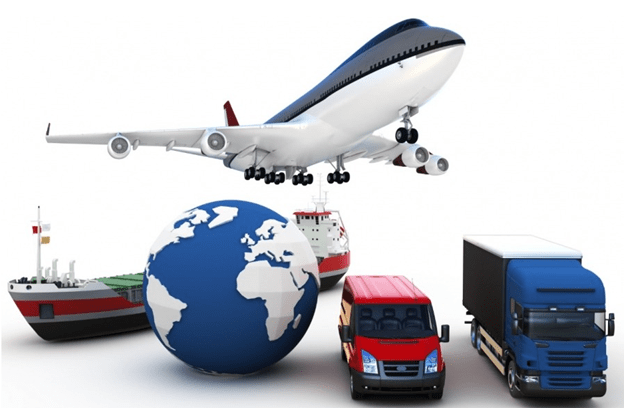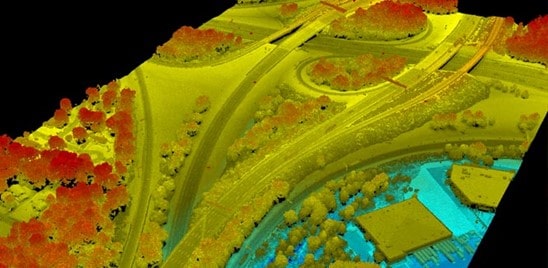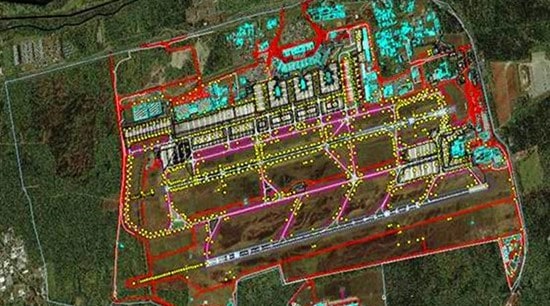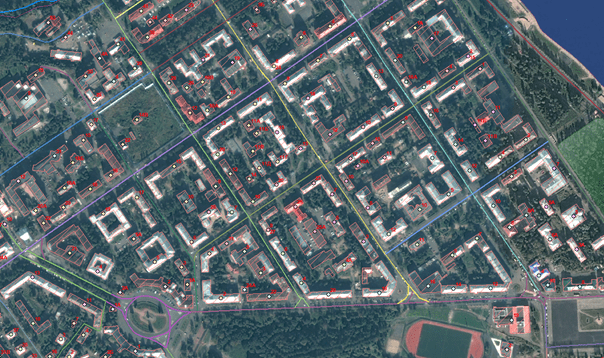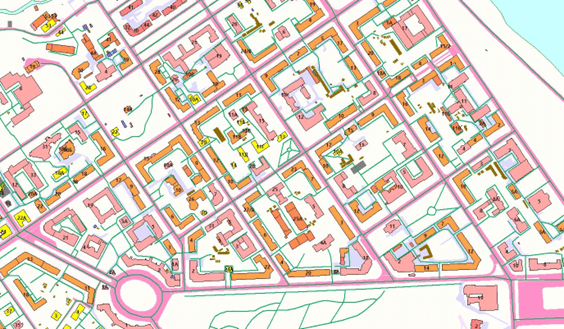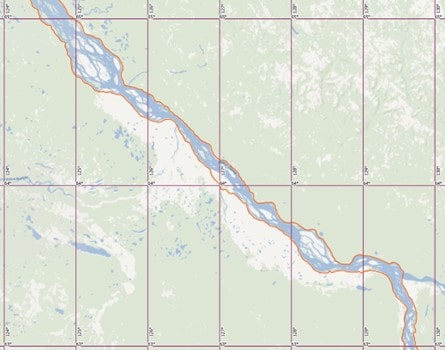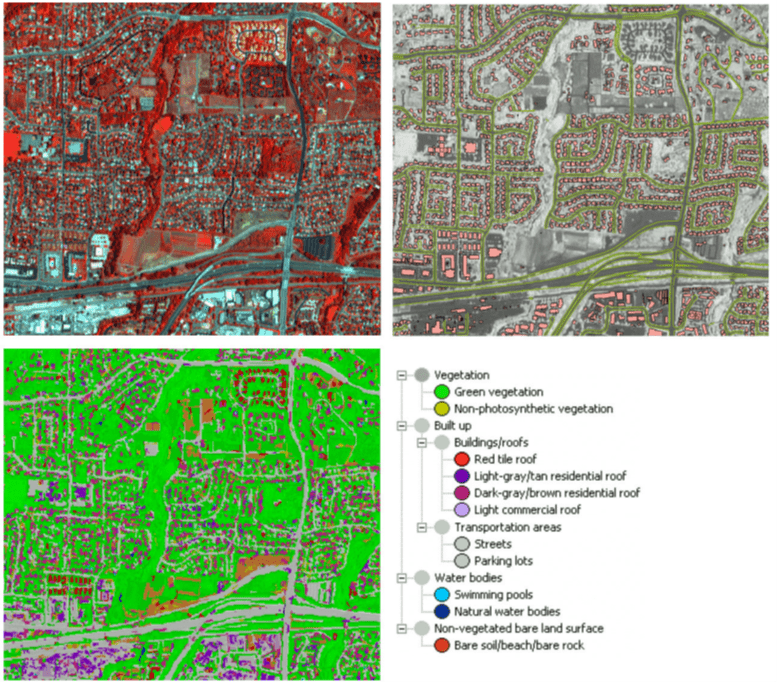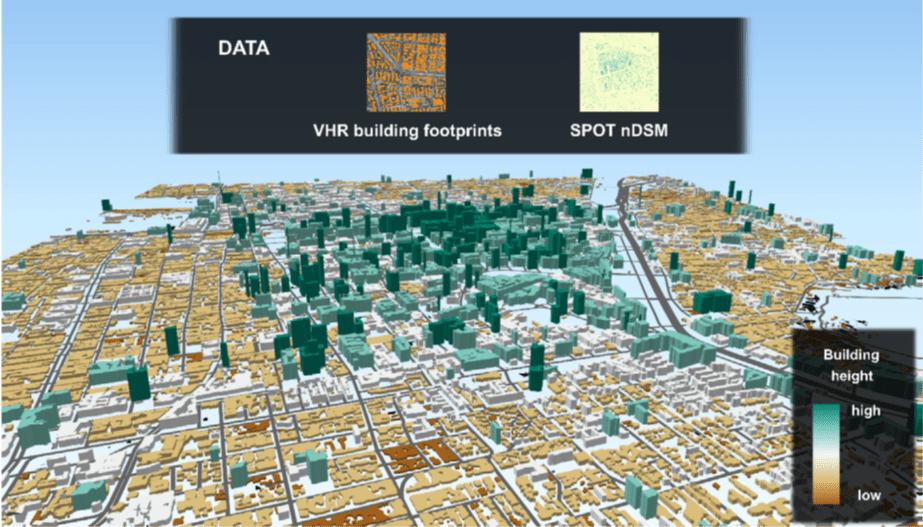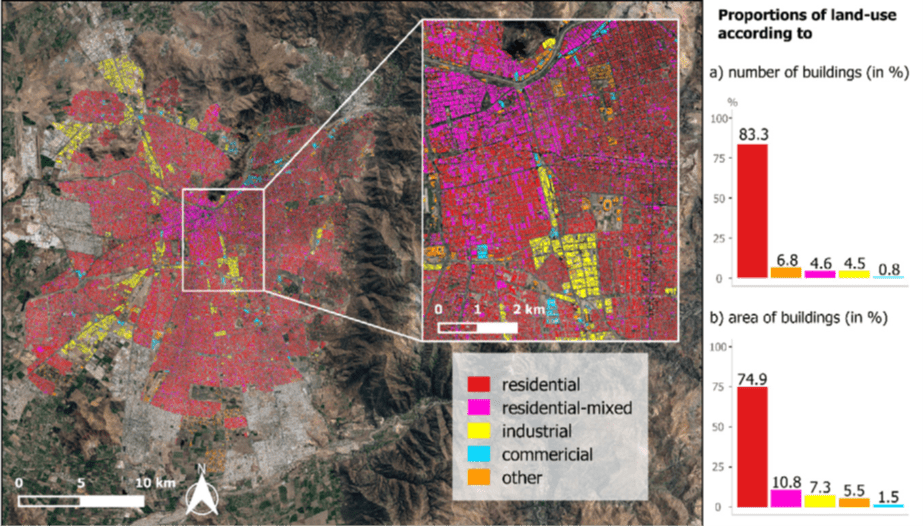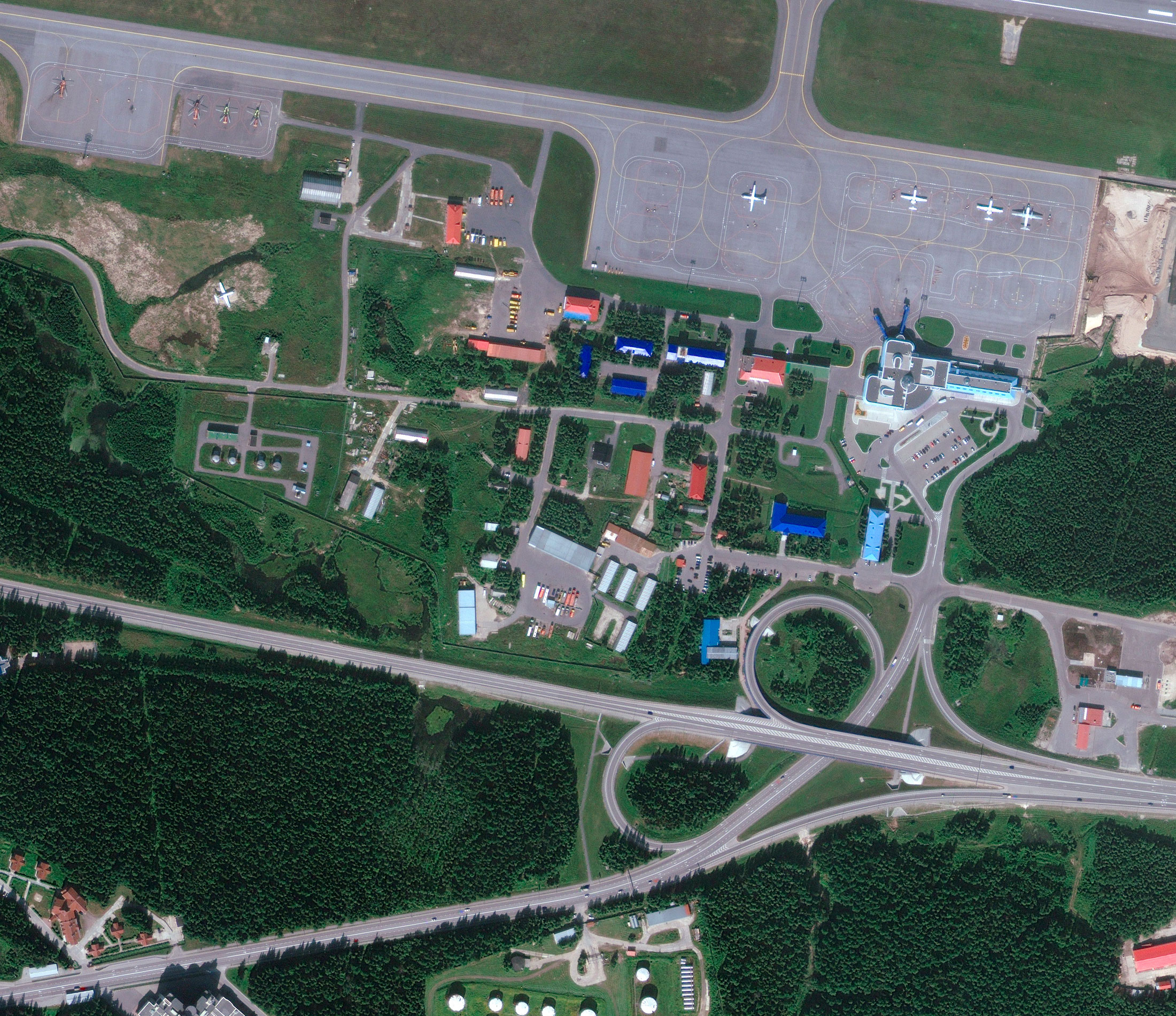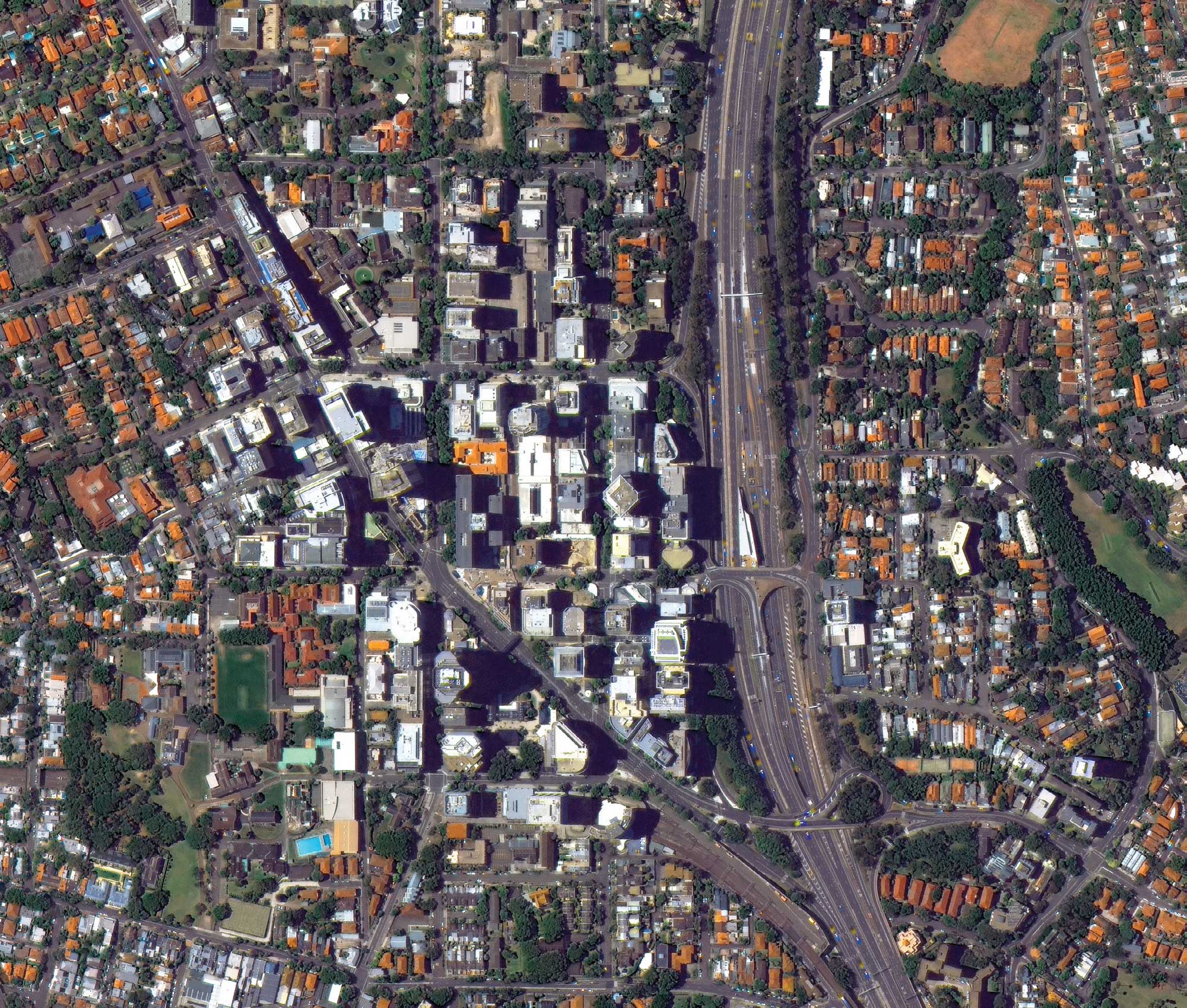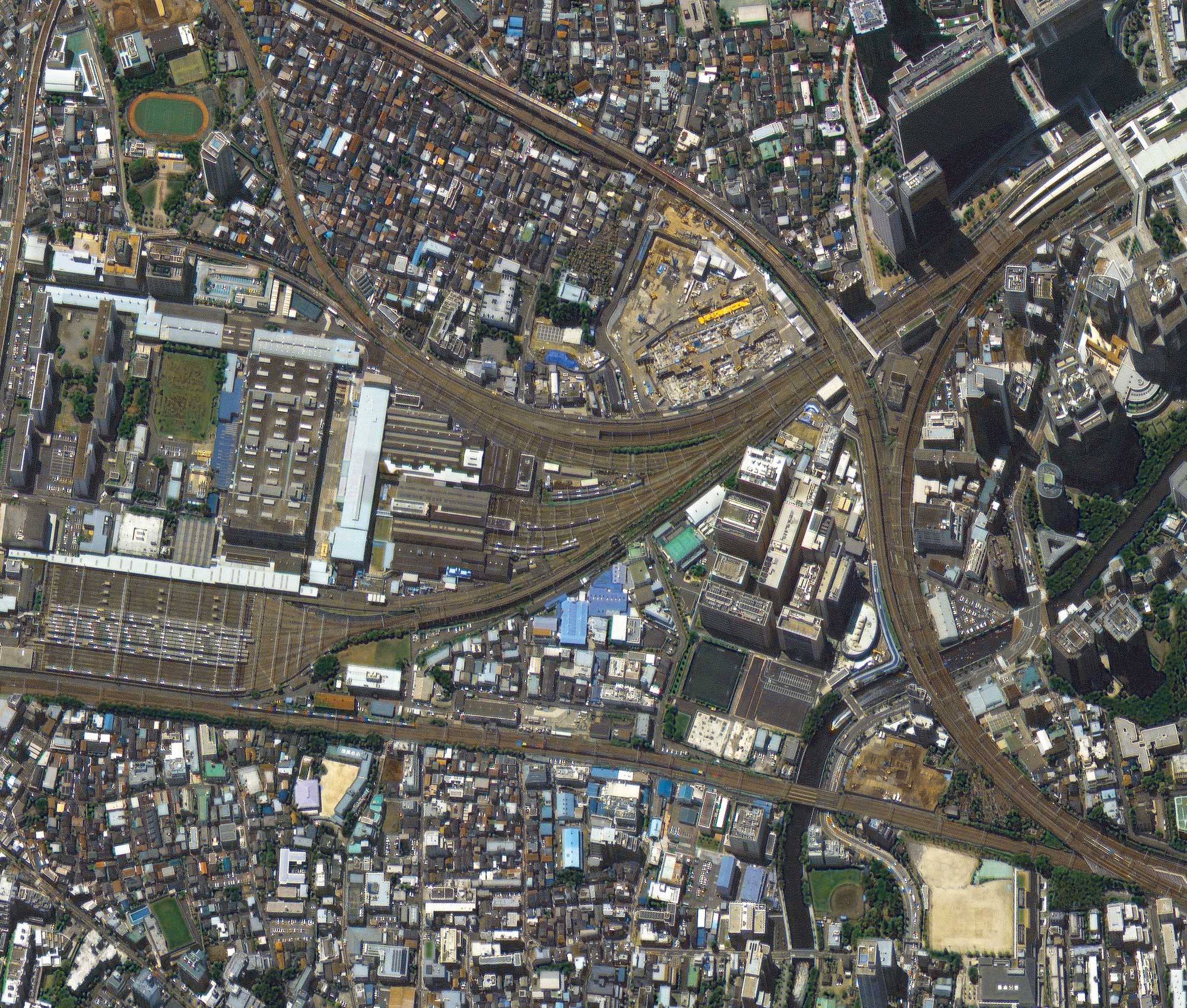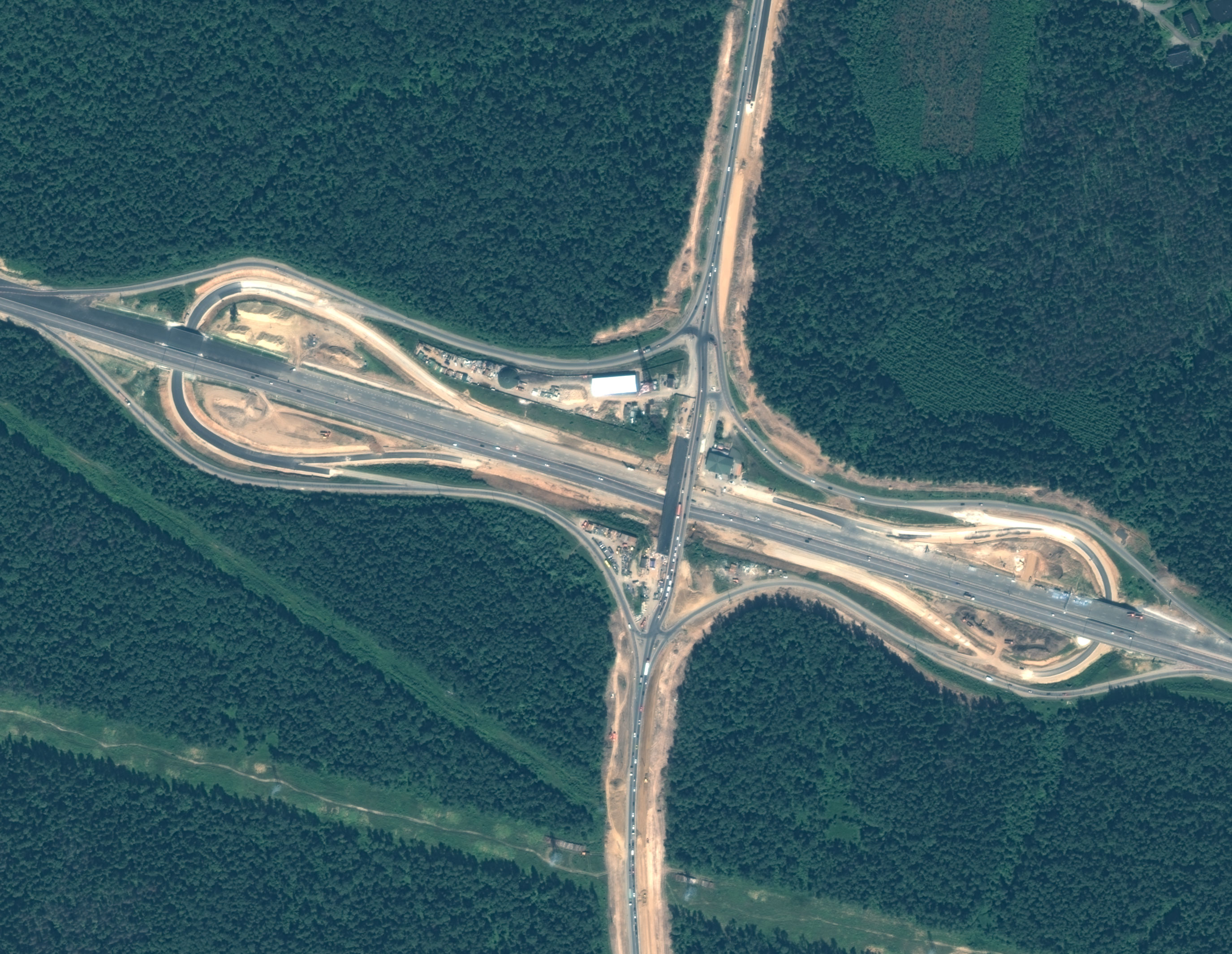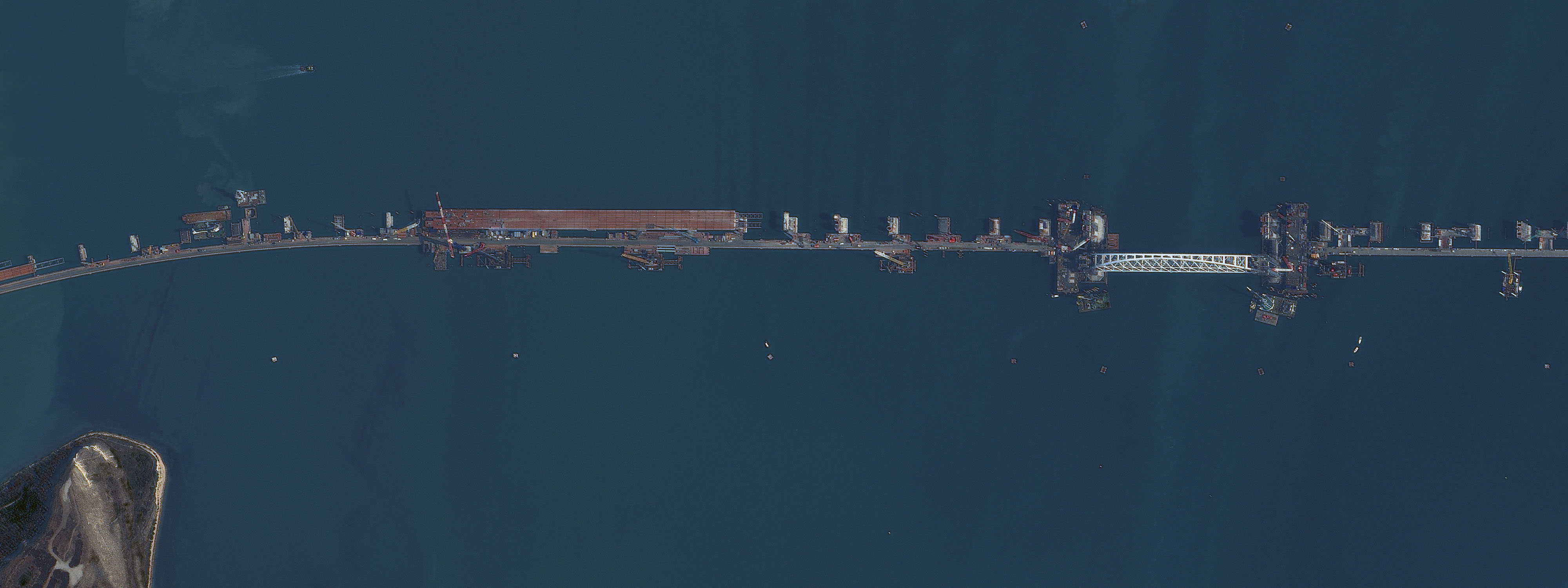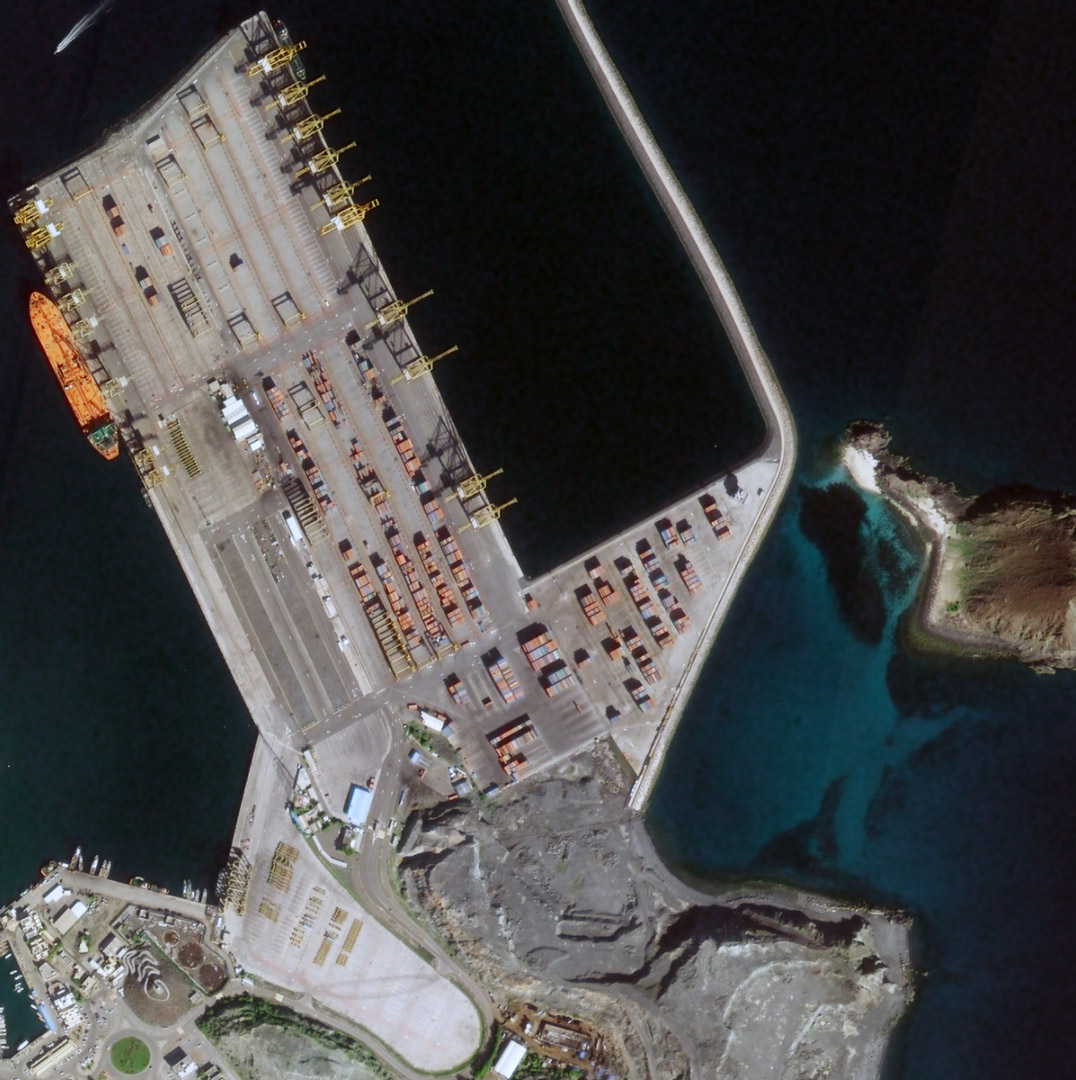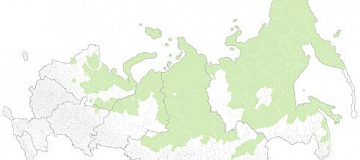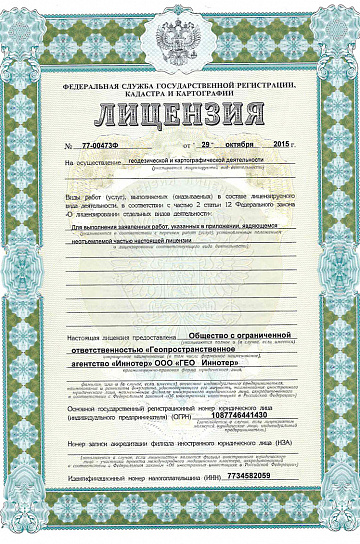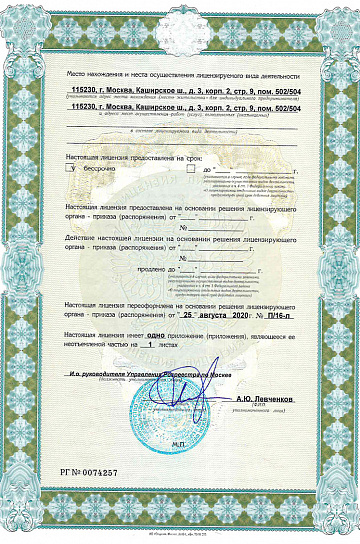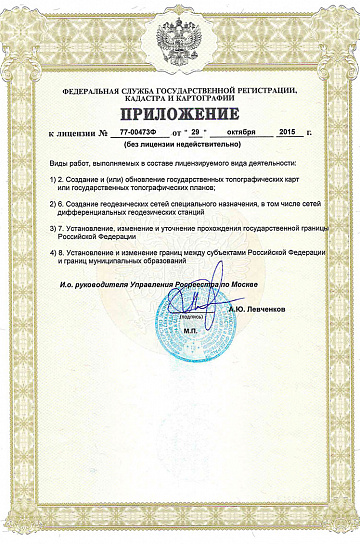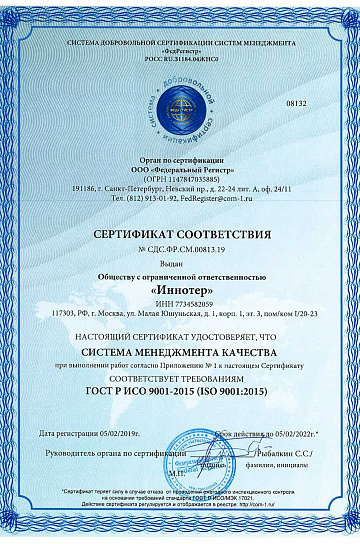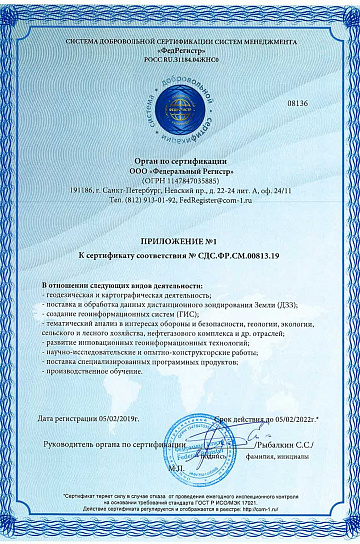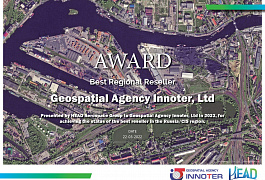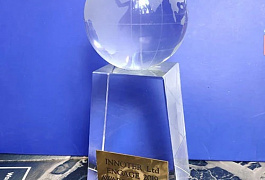Need for consultation?
Fill the form and we will contact you
Customers
FAQ
The transportation industry is an economic sector that deals with the movement of goods, passengers, and information from one place to another. It plays a crucial role in facilitating international and domestic trade, tourism, communication, and other aspects of daily life.
The transportation sector includes various modes of transport, such as road, rail, air, maritime, and river transport, along with transportation infrastructure, including roads, railways, airports, ports, and terminals.
The key functions of the transportation industry include:
- Freight transportation: Transport enables the movement of goods from producers to consumers. It plays a vital role in supplying markets with products and materials.
- Passenger transportation: Transport allows people to travel between different locations for work, education, tourism, and other purposes. This includes both local transportation within cities and long-distance travel.
- Logistics: The transportation industry plays a key role in logistics operations, including warehousing, packaging, cargo handling, and supply chain management.
- Communication: Transport facilitates the transmission of information and communication between people and organizations. This includes both traditional communication methods (telephone, postal services) and modern technologies (internet, email).
The transportation industry has a significant economic impact and influences various aspects of society. It contributes to economic growth, improves access to goods and services, facilitates international trade, and strengthens connections between different regions and countries.
The transportation industry is one of the key sectors of Russia's economy. It plays a crucial role in the country's development by ensuring the efficiency and scale of freight and passenger transportation.
Rail transport, in particular, holds significant importance within Russia’s transportation sector. It facilitates large-scale freight transportation across the country, contributing to economic growth and ensuring the availability of goods and resources in various regions.
The development of road transport is also of great importance. It provides flexibility and mobility for freight and passenger transportation within the country and between different regions. Thanks to road transport, goods are delivered on time, and people can travel conveniently.
The transportation industry actively contributes to Russia’s economic development. It creates new jobs, stimulates trade and investment, and enhances interactions between regions and countries.
The development of the transportation sector directly influences the country's economic growth. The optimization of freight and passenger transportation, modernization of transport infrastructure, and implementation of new technologies all contribute to the efficient functioning of the transport sector and the strengthening of Russia’s economy.
Freight transportation plays a critical role in supplying and supporting various economic sectors. Reliable and efficient cargo transportation facilitates the growth of industry, construction, and trade.
The development of the transport sector is a priority for Russia's state policy. The adoption of new technologies, improvements in logistics, and increased transport efficiency all contribute to the advancement of the industry and the strengthening of Russia’s economic position.
The transportation industry in Russia also promotes the expansion of international freight services. Due to its geographical location, Russia serves as a transit hub for cargo shipments between Europe and Asia, creating additional opportunities for the development of the transportation sector and attracting investments.
One of the key aspects of transport sector development is the improvement of transport systems and infrastructure. This includes the construction and modernization of roads, railways, airports, and ports, as well as the implementation of modern management and control systems.
For the effective functioning of the transportation sector, economic and environmental factors must be considered. The rational use of resources, reduction of emissions, and increase in energy efficiency are becoming increasingly important goals in the context of transport development.
In conclusion, the transportation industry in Russia plays a significant role in the country’s economic development. It ensures efficient freight and passenger transportation, fosters trade, enhances infrastructure, and strengthens regional connections. The development of transport is a priority for state policy and requires continuous attention and investment to ensure sustainable economic growth and prosperity in Russia.
The transportation industry consists of various components that collaborate to ensure the movement of goods, passengers, and information. The key elements of the transportation industry include:
- Rail Transport: Railways provide the ability to transport cargo and passengers over long distances. This includes freight trains, passenger trains, and specialized railcars.
- Road Transport: Cars and trucks provide flexibility and mobility in transportation. They are used for delivering goods to their final destination and for local passenger transportation.
- Air Transport: Aviation enables fast and long-distance transportation of cargo and passengers. Airlines offer a wide range of flights that connect various cities and countries.
- Maritime and River Transport: Sea and river vessels play a crucial role in international freight transportation. They enable cargo movement across maritime and inland waterways.
- Pipeline Transport: Pipelines are used to transport liquids and gases, such as oil, natural gas, and other chemicals. They provide efficient and safe delivery of energy resources.
- Logistics and Warehousing Services: Logistics companies organize and coordinate transportation. They manage warehouses, packaging, cargo handling, and supply chain management.
- Transport Infrastructure: This includes roads, railways, airports, ports, terminals, and other facilities necessary for the functioning of transportation systems.
- Information and Communication Technologies: These include software and systems used to manage and coordinate transportation operations. This covers various software applications, cargo tracking systems, logistics management platforms, and communication technologies for information exchange.
Each component of the transportation industry interacts with the others, ensuring efficiency and reliability in transportation. For example, cargo may be shipped from one country to another via maritime transport and then further transported by rail or road to its final recipient.
The development of the transportation sector involves continuous improvement and modernization. This includes the adoption of new technologies, the development of more efficient and environmentally friendly vehicles, improvements in infrastructure and communication networks, and the enhancement of logistics and management practices.
The transportation industry plays a vital role in economic development by connecting different regions, facilitating trade, and supporting business growth. It also has a significant social impact, allowing people to travel and access goods and services.
Overall, the transportation industry is an integral part of modern society, ensuring the movement of people, goods, and information. Its development and effective functioning are crucial for sustainable economic growth and prosperity.
The digitalization of the transportation industry is the process of applying digital technologies and innovations to enhance the efficiency, safety, and convenience of transportation. It involves the use of modern information and communication technologies, process automation, data collection and analysis, as well as the implementation of digital platforms and services.
One of the key aspects of transportation digitalization is smart management of transport infrastructure. This includes traffic management systems, intelligent traffic lights, road condition monitoring, and the automation of railway crossings. These technologies help optimize traffic flow, reduce congestion, and improve road safety.
Digitalization also extends to logistics and supply chain management. By utilizing digital platforms and logistics management systems, it becomes possible to track shipments in real-time, optimize delivery routes, automate warehouse processes, and improve coordination among various stakeholders in the supply chain.
In the field of passenger transportation, digitalization offers new opportunities to enhance comfort and convenience. Mobile applications allow passengers to purchase tickets online, track schedules and delays, and receive information about available seats and onboard services. Additionally, electronic ticketing systems and contactless payment methods are being developed to simplify the travel experience.
The digitalization of the transportation industry improves overall productivity, optimizes resource usage, and reduces the negative impact on the environment. The collection and analysis of large volumes of data help predict and manage transportation flows, reduce downtime, and save fuel. Technologies such as the Internet of Things (IoT), artificial intelligence (AI), and Big Data are used to collect information about vehicle conditions and load levels, analyze passenger behavior, and optimize routes.
One example of transportation digitalization is the use of autonomous and unmanned vehicles. This includes the development of self-driving cars, buses, and trucks capable of operating without human intervention. These autonomous vehicles rely on advanced technologies, including sensors, cameras, radars, and AI, enabling them to interact with their environment and make decisions based on data analysis.
The digitalization of transportation also involves the development of electric mobility and the use of alternative energy sources. Electric vehicles, such as electric cars and buses, are becoming increasingly popular due to their energy efficiency and low emissions. Additionally, research is being conducted on the use of hydrogen fuel cells and other renewable energy sources in the transportation sector.
The digitalization of the transportation industry has a significant impact on the economy. It enhances the productivity and competitiveness of transport companies, creates new job opportunities in the IT sector, and drives innovative solutions in transportation and logistics.
Overall, the digitalization of the transportation industry opens up new possibilities for improving efficiency, safety, and convenience. It leads to a more integrated and modern transportation system, fostering economic growth and enhancing the quality of life.
The transportation industry plays a vital role in Russia's economy and offers several advantages:
-
Geographical Position: Russia spans a vast territory, making its transport system crucial for ensuring connectivity and movement between different regions of the country.
-
Infrastructure Development: In recent decades, Russia has actively invested in developing transport infrastructure, including railways, highways, seaports, river ports, airports, and more.
-
Resource Availability: Russia is one of the world’s largest producers of resources such as oil, gas, coal, timber, and metals. This ensures a constant flow of cargo for the transport sector and drives logistics operations.
-
Transit Potential: Due to its strategic location, Russia serves as a transit corridor between Europe and Asia, enabling the development of international transport routes such as the Trans-Siberian Railway.
-
Railway System Development: Rail transport is strategically important for Russia. The Trans-Siberian Railway, which connects Moscow to Vladivostok, is the longest railway line in the world and facilitates cargo transit between Asia and Europe.
-
Potential for Freight and Passenger Air Transport: Air transport also has growth potential, particularly in long-distance freight and passenger transportation.
-
Maritime Prospects: Russia has an extensive coastline, offering potential for maritime transport development, especially in the Arctic region, which is becoming more accessible due to climate change.
-
Logistics Development: With the expansion of trade and production, logistics services are gaining importance. Russia has the potential to become a logistics hub for many global trade routes.
-
Technological Advancements: The adoption of modern technologies, such as automation and transport management systems, enhances efficiency and improves service quality.
-
Economic Growth Support: The development of the transportation industry contributes to economic growth, job creation, infrastructure improvements, and increased investment.
Despite these advantages, Russia's transportation industry also faces several challenges, including the need for modernization, ensuring safety and efficiency, and addressing environmental concerns.

